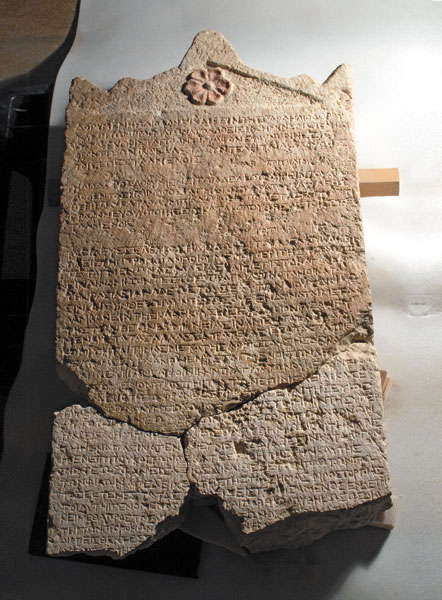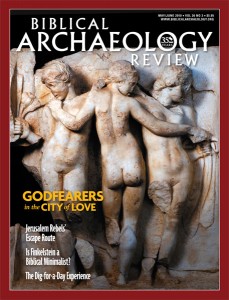Volunteers Find Missing Pieces to Looted Inscription

In the November/December 2008 issue of BAR, we reported on an inscribed limestone stela that had been purchased on the antiquities market by Judy and Michael Steinhardt and is on permanent loan to the Israel Museum.a The incomplete stela, broken off at the bottom, was studied and published by Hannah M. Cotton and Michael Wörrle.1 They determined that the inscription dated to 178 B.C.E. and had three parts: two letters written by lower administrative officials, followed by a letter from King Seleucus IV to his senior advisor Heliodoros (providing historical context for the royal official Heliodoros named in a miraculous story in 2 Maccabees 3). The latter is in fact a dossier, an order or decree from the king (written in letter form) meant to be displayed in a public place. In it the king discusses the proper care of temples in his provinces and satrapies, specifically Coele-Syria and Phoenicia, which included Judea. He notes that there is no one to oversee the temples in these regions and names one Olympiodoros—but here the text tantalizingly breaks off. The rest of the inscription was missing, so we could learn nothing more about this Olympiodoros.
Already a library member? Log in here.
Institution user? Log in with your IP address.

